Om første eukaristiske bønn
Amy Welborn skriver på sin blogg:
As the priest began praying the Eucharistic Prayer during Mass on Saturday night, I realized with a start that with this, I had heard the Roman Canon (Eucharistic Prayer I) prayed in the last three Masses I’d attended. I’m sure there are entire years in which I have not heard it that frequently. And these Masses? All over the map. Literally.
The first was the Feast of the Assumption at a small parish down on the Gulf Coast. Mobile Archdiocese. The priest was elderly and infirm – he had to celebrate Mass sitting in a chair. Well, let me correct that. His body was infirm, but neither his voice nor his spirit were. He celebrated Mass with strength and reverence – including that Roman Canon.
The second was a week ago at the Sister Servants of the Eternal Word. The priest was an order priest, I believe. Rather young. Mid-30′s.
The third was, as I said, this past weekend in a parish on the North Carolina coast. Diocese of Raleigh. The priest was not too old – older than I, though. He was straightforward in his presiding (a big plus), and said not a word outside the black. The music was the usual awful sentimental contemporary slop …..
Three times. In as many Masses. Times, they are a-changing …
Jeg har sikkert nevnt flere ganger at jeg nesten bare bruker den første eukartistiske bønn, men det hender noen ganger at jeg hopper over de helgenene som står i parentes – men jeg sier alltid alle «Ved Kristus vår Herre. Amen», som også kan utelates. Jeg gjør også som hun skriver; «said not a word outside the black», selv om det hender at jeg sier en kort setning før syndsbekjennelsen. Det blir mest riktig for meg å lese messen slik – og i den tradisjonelle messen har ikke presten lov til å si ett eneste ord som ikke står i missalet (unntatt i prekenen) – og jeg tror egentlig at lekfolk på hverdager ikke ønsker noe annet.
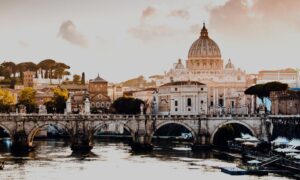
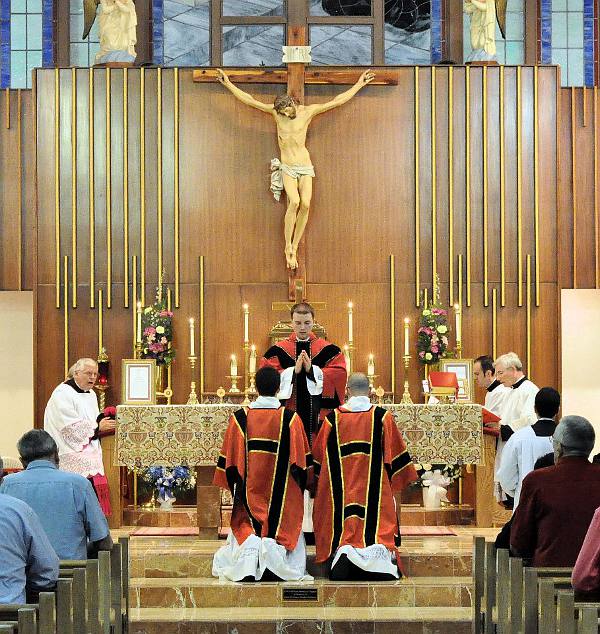

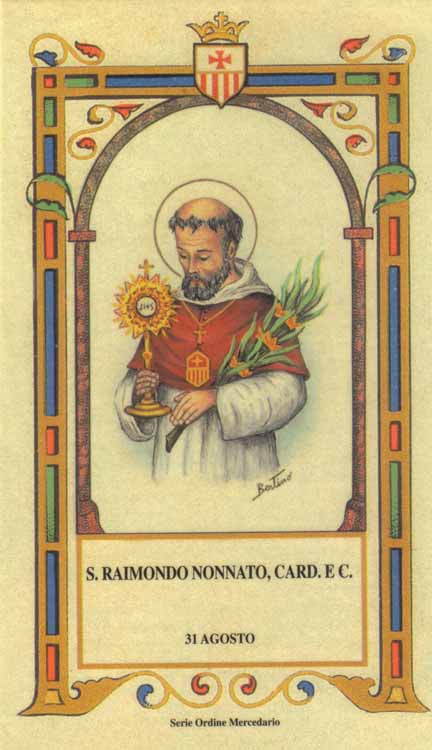
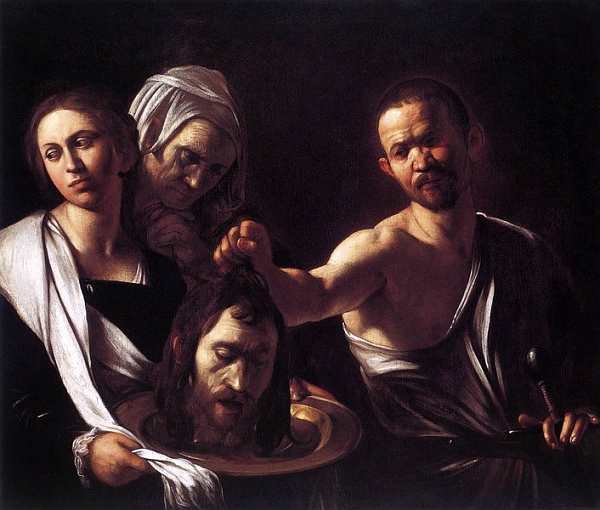
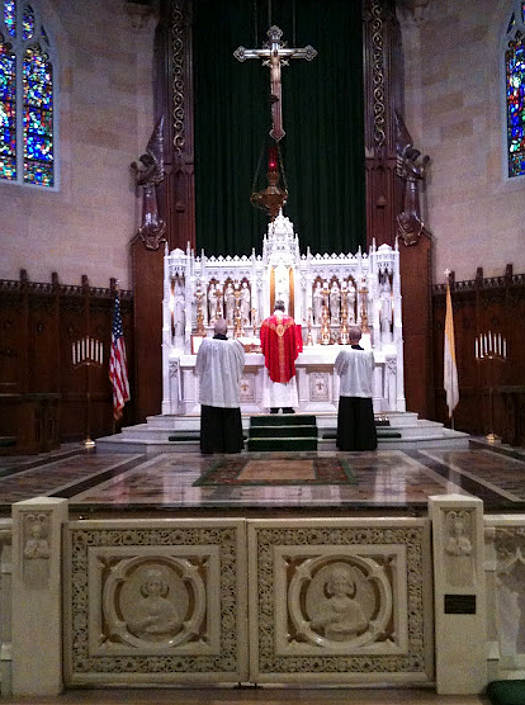 Det er nok en stund til slike ting begynner å skje i Norge, men i andre land begynner det nå langsomt; at bordalter som ble plassert i kirkenes kor på 70-tallet, nå tas bort. Dette eksempelet er fra the Assumtion Grotto i Detroit,
Det er nok en stund til slike ting begynner å skje i Norge, men i andre land begynner det nå langsomt; at bordalter som ble plassert i kirkenes kor på 70-tallet, nå tas bort. Dette eksempelet er fra the Assumtion Grotto i Detroit, 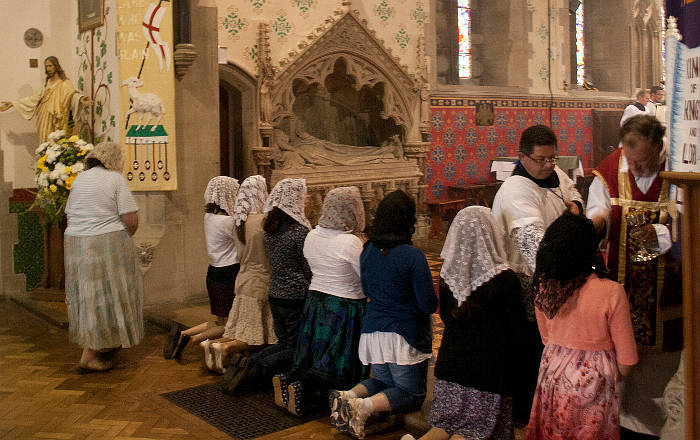
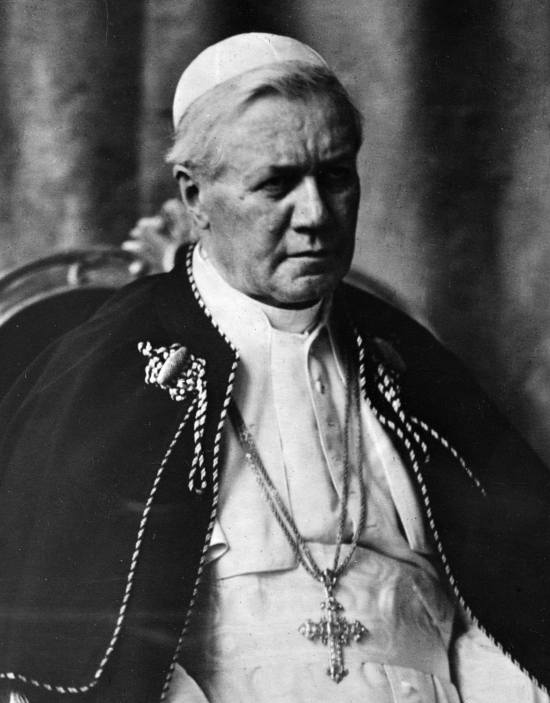
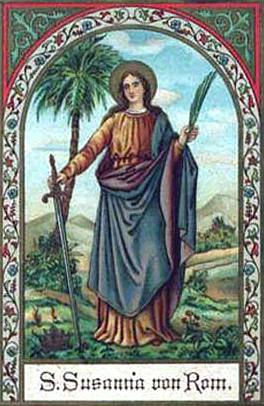 I svært lang tid har Kirken feiret den
I svært lang tid har Kirken feiret den  Den hellige Klara av Assisi er en viktig helgen og feires i den nye kalenderen 11. august. Det er som vanlig en grundig beskrivelse av henne på katolsk.no –
Den hellige Klara av Assisi er en viktig helgen og feires i den nye kalenderen 11. august. Det er som vanlig en grundig beskrivelse av henne på katolsk.no – 
